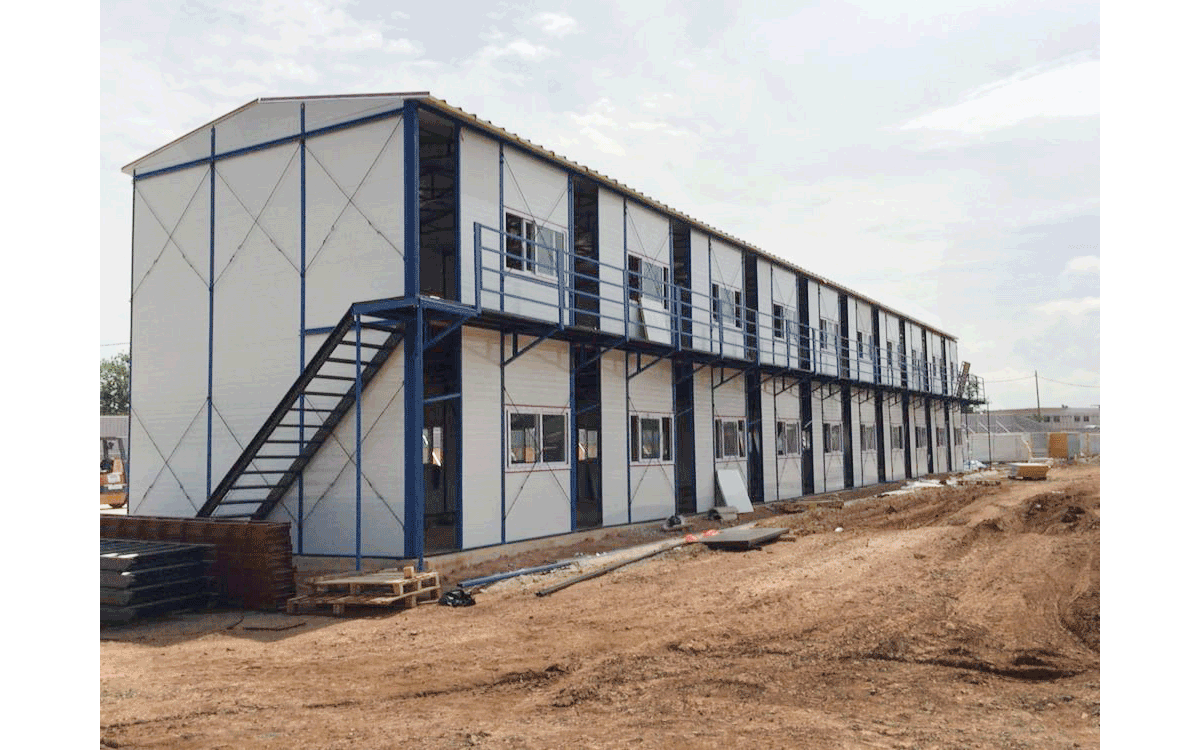Prefabricated housing is also known as prefabs or prefab homes. They are specialist lodging types of prefabricated buildings that are manufactured of the dwelling site.

They are produced in standard sections and pieces that are easily transported and assembled. Many prefab designs are inspired by future architecture and postmodernism.
Advancement in technology over time has significantly contributed to the overall improvement of prefabs—from construction down to materials and design.
Prefabs are as aesthetically pleasing, durable, and as functional as traditional homes.
Interestingly, the fact that they are transportable and faster to build gives them an edge above traditional homes.
Prefab housing engineering and assembling services must be purchased from reputable and reliable manufacturers to sustain long-lasting quality, aesthetics, and durability.
Regardless of the massive advancements in prefab housing design and model, there are a few common misconceptions that are still very prevalent.
Below are some of the prefab myths and the truths that debunk them
Myth 1: Prefab housing designs are boxy without variety.
The myth that prefab designs have to be boxy can be traced to the misconception that modules and panels can only be shaped in a box-like structure.
Each module, usually cube-shaped, is considered to be a unique piece of space that is to be attached to other modules and ultimately assemble a home.
But it is unpopular and unknown to many that manufacturers of prefab homes have recently made headway by delivering cutting-edge designs.
These manufacturers have collaborated with high-class designers that will give a beautiful and pleasing prefab house with different designs to appease different user preferences.
Myth 2: Prefabricated homes don’t last.
Prefabs are now produced with higher design quality and standards of innovations in construction and precision engineering.
They are sure to have a timeless design and structural integrity, making them rewarding investments.
Strict rules are usually observed to prevent any defect in the manufacturing process.
Each prefab home goes through an electrical, engineering assessment, punch listing, structural, mechanical, and plumbing (SMEP) and monitoring.
Myth 3: Prefabs are low-quality homes.
Unfamiliar to many, prefabs have evolved from mass-produced housing developments into customizable homes for a variety of preferences. Technological advancements have rebranded the general outlook prefabs.
Modern prefab homes have transformed into sophisticated living spaces, manufactured with superior quality and affordability in mind.
Common designs made from steel and cement sheeting are outdated, and modern prefabs are made up of glass walls.
With this quality in design, prefab homes are considered more valuable than ever.
Myth 4: Prefabs are Produced only to serve the mass market.
In the past, this may be, especially when prefabs were manufactured for low-cost housing, especially for returning heroes of World War II without a place of shelter.
But with their increasing benefits like design flexibility, transportability, and quicker time construction, the trend has changed.
This has made prefab structures have now been transformed into first-class real estate.
These benefits are driving an increased interest in prefab homes. First-class prefab home designs are now available to a larger market, cutting across classes and preferences.
Conclusion
Prefabricated housing is the home of the future; with an array of designs that are upscale, long-lasting, stylish, and flexible, they have become more appealing to homeowners.
Myths must be debunked, as seen in how significantly prefabrication has evolved over the years. Excellent quality and value for money have made the difference.
It is important to remember that prefabricated housing must be purchased from the most reliable manufacturer to get the best deal.